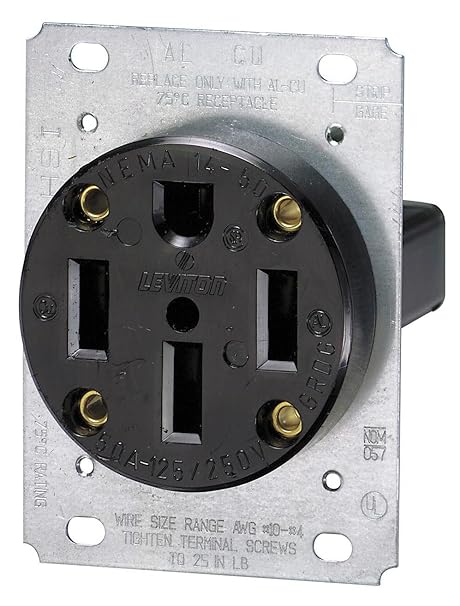But there are a lot of apartments in suburbia, and lots of apartments and street parking, and detached garages w/o high power circuits in urban areas. Yes, I know, some will say that overnight charging access for these millions of people is 'easy'. Major infrastructure changes are never easy.
Small charging stations are quite cheap, and can be rolled out as you go. Lots of apartment buildings and office buildings out here have them already (Netherlands). Same goes for street parking and detached garages. Drive to work, plug in there, drive back home. Supereasy. I actually wouldn't need a charging station at where I live, can do it at work.
There is no need for high power circuits, most people are fine with 4 to 15 kw. Everywhere except the US the average distance driven is well below 10k miles. Even the US has 13k or so.
The really high density housing: usually these folks don't have cars (Paris, London, New York) at all.
I am curious to put this investment in perspective. Does it include hybrids?
Doesn't seem so.
How does it compare to current R&D?
A typical large automotive car maker seems to spend $10 billion annually on R&D.
Six Car Makers Make the List of Top 20 R&D Spenders - The Drive
Regarding to what exactly it refers .. I don't know. They probably include everything, including e.g. design, steering, seats, sound, manufacturing tests which aren't drive train specific.
Do you have any time frame for that?
No. Adoption curves are easy to draw, hard to get right. Anywhere between 20 and 40 years? I'm not saying it is a problem, just curious what's going to happen. For example, gas stations frequently have a shop to keep them afloat out here, especially along the highways. Will they still be viable I wonder.
Since travel distances on average are so short in Europe, it's not a matter of passing less of them but they might disappear altogether. The gas stations at the supermarkets have a different audience, so they will feel it differently but might morph into a charging bank? lots of parking spots have charging stations. Then again, if you're only shopping for 30 minutes or less, does it even make sense to install them?
i.e.: where will the charging locations end up vs. the current gas stations?


